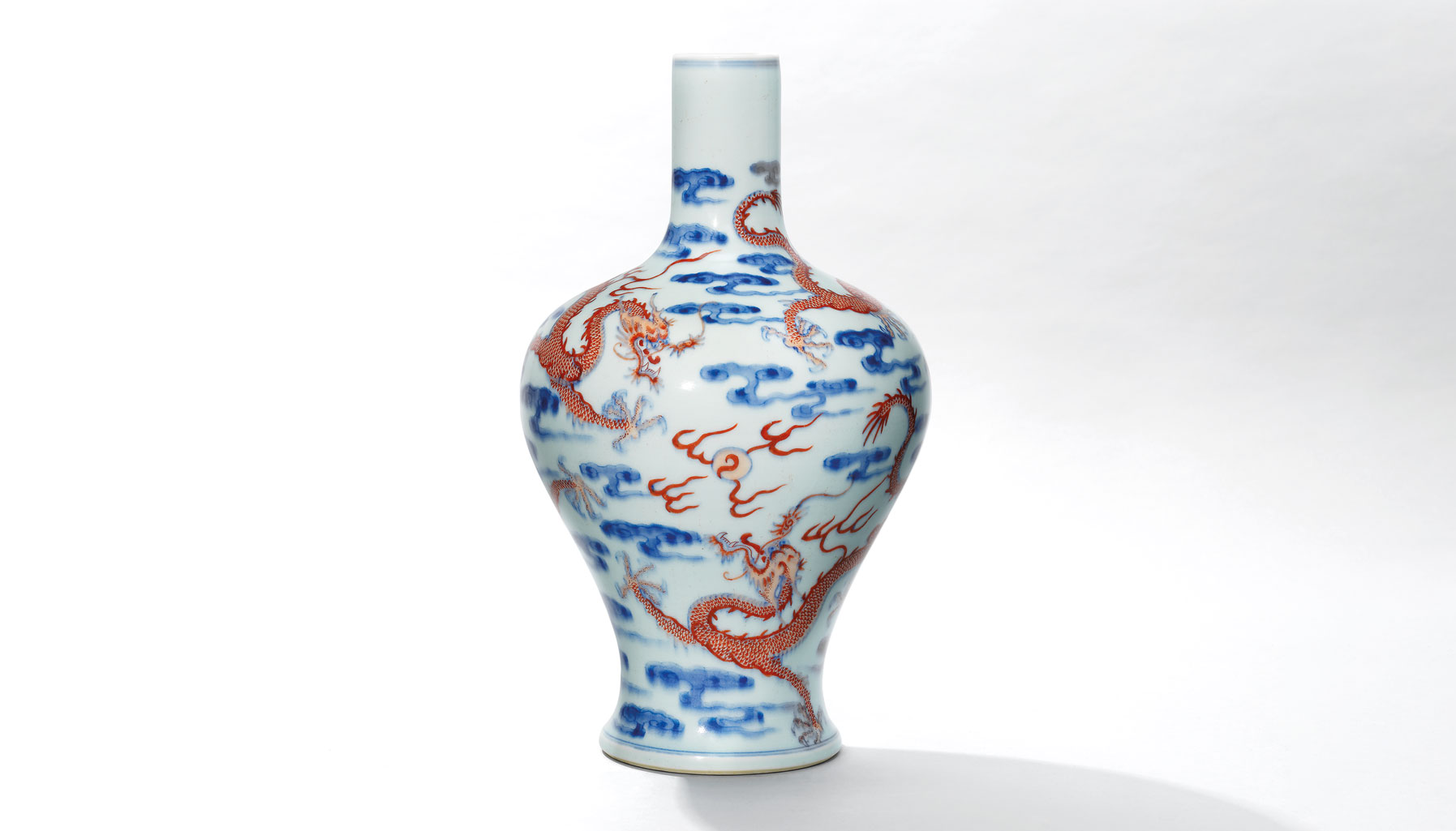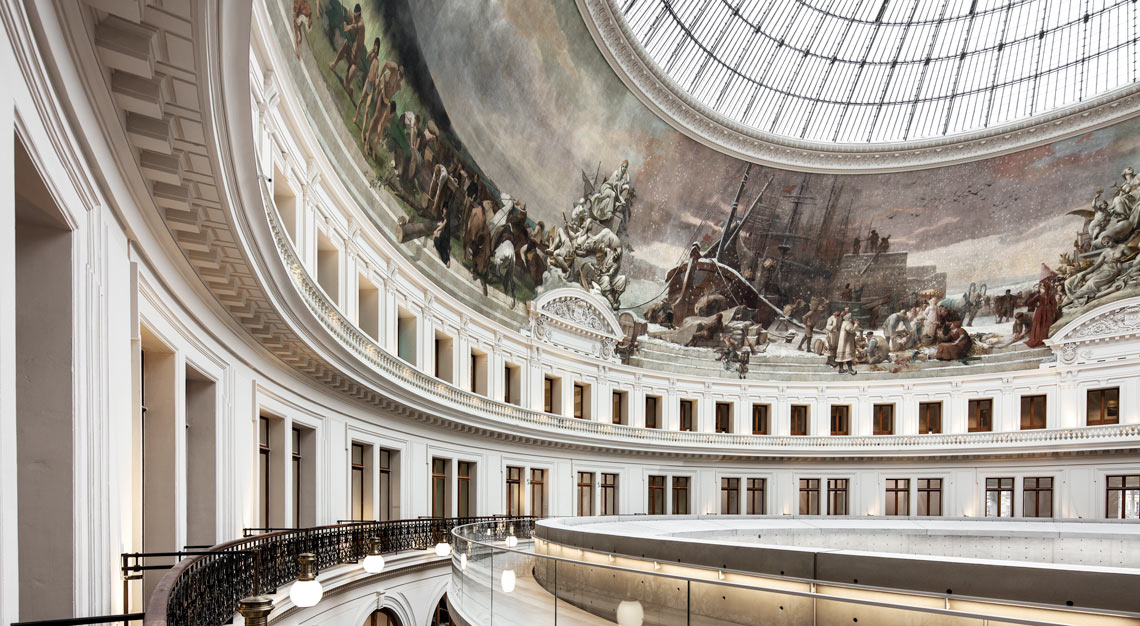The striking glass structure could be on the seas sometime this year
Luca Curci Architects is using one of the world’s most fragile materials to make a statement about the climate.
The Italian studio, which was founded by Luca Curci in 2006, just unveiled plans for a groundbreaking glass museum that will float on the water to encourage more environmental awareness across the globe.
The aptly named Floating Glass Museum was conceived by an international team of architects and designers, with the support of artificial intelligence, because it is 2024, after all. Inspired by Venice’s rich history of glass production, the structure artfully combines traditional Italian craftsmanship with innovative tech and cutting-edge design. As Curci’s eponymous firm puts it, “The museum will be a sanctuary where the history of glass meets the contemporary experimentation.”

The team meticulously researched different materials to ensure the museum is eco-friendly inside and out. They also studied the surroundings to minimize the impact the building has on the oceanic environment. Sustainable design aside, the museum will function like the Met or MoMA. Spanning some 3,800 square feet, the interior will house artwork as a means to invite contemplation, reflection, and discovery. It will also point up major environmental concerns.
The project will be presented in several cities negatively affected by climate change, such as Dubai, New York, Hong Kong, Singapore, and Busan. Climate change is, of course, affecting every country on every continent. Weather patterns are changing, natural disasters are becoming more extreme, and greenhouse gas emissions are at an all-time high.

The oceans absorb 90 per cent of the heat trapped by emissions, which is causing the ice sheets and glaciers to melt and the sea levels to rise. (By 2100, scientists estimate that the sea level will climb at least another foot, but could rise as much as 8 feet.) Increasing ocean temperatures also affects marine species and ecosystems, leading to coral bleaching and the eradication of breeding grounds. By immersing art lovers in the ocean, the museum aims to bring more awareness to the climate crisis.
It may not be long before we can check out an exhibition, either. Curci has given the project a rather ambitious realisation time of one year.
This story was first published on Robb Report USA






